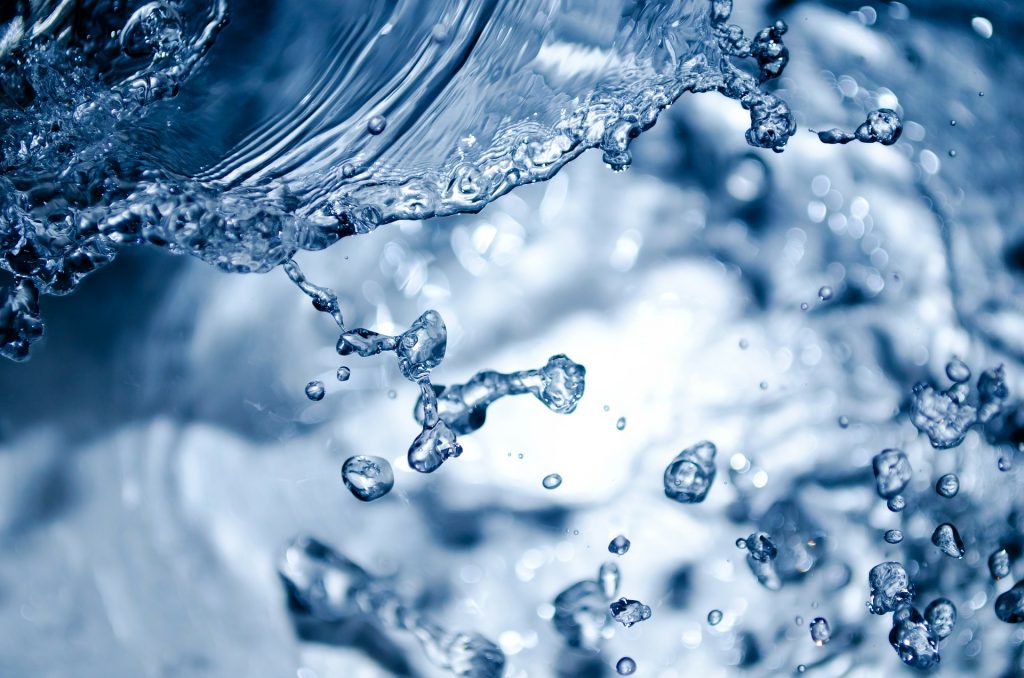ForwardOsmosisTech has just made it easier for you to estimate structural parameters (S-values) of FO membranes
From our article covering concentration polarization effects in forward osmosis membranes, it is clear that FO membrane performance – to a large extent – is determined by S-values.
Below we present an easy-to-use calculator for estimating structural parameters of forward osmosis membranes. The calculator is based on equations developed by McCutcheon et. al.
Here’s what you need to estimate FO membrane S-values
In order to estimate S-values using ForwardOsmosisTech’s calculator you will need to determine the following FO membrane performance parameters and intrinsic membrane properties:
- The pure water membrane permeability coefficient (A)
- The salt permeability coefficient (B)
- The water flux Jw – IN FO MODE – at a given osmotic driving force
For more details, please refer to our guide on how to determine FO membrane performance.
A few notes and suggested guidelines
- The calculator is based on the following S-value equation for an FO membrane operating in FO mode:
- S = (D/Jw)*ln((B+A*∏D,B)/(B+Jw+A*∏F,m)).
- D is the diffusion coefficient for the draw solute used for Jw (our equation assumes NaCl is used as standard)
- ∏D,B is the osmotic pressure of the bulk draw solution
- ∏F,m is the osmotic pressure of the feed solution close to the membrane surface
- Providing membrane water flux performance is determined according to our suggested standardized methods, ∏F,m is assumed to be negligible (i.e. ∏F,m = 0)
- Due to our assumption of ∏F,m = 0 along with other assumptions made by McCutcheon et. al., ForwardOsmosisTech’s S-value calculator should be used for estimations only
- For an improved estimation, we suggest researchers to measure Jw – and calculate the corresponding S-value – at 4 different initial draw solution concentrations, namely 0.25M NaCl, 0.5M NaCl, 1M NaCl, and 2M NaCl. The final S-value estimation is to be reported as the average of the 4 independent measurements
- For cutting-edge FO membrane performance, researchers should aim for S-values below 300µm

